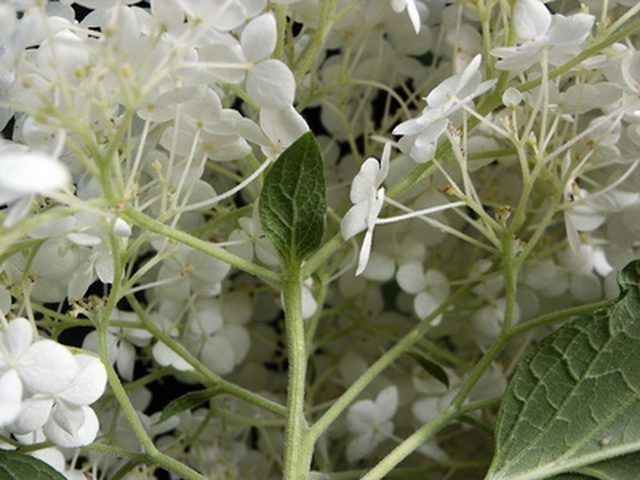Bulbs
Flower Basics
Flower Beds & Specialty Gardens
Flower Garden
Garden Furniture
Garden Gnomes
Garden Seeds
Garden Sheds
Garden Statues
Garden Tools & Supplies
Gardening Basics
Green & Organic
Groundcovers & Vines
Growing Annuals
Growing Basil
Growing Beans
Growing Berries
Growing Blueberries
Growing Cactus
Growing Corn
Growing Cotton
Growing Edibles
Growing Flowers
Growing Garlic
Growing Grapes
Growing Grass
Growing Herbs
Growing Jasmine
Growing Mint
Growing Mushrooms
Orchids
Growing Peanuts
Growing Perennials
Growing Plants
Growing Rosemary
Growing Roses
Growing Strawberries
Growing Sunflowers
Growing Thyme
Growing Tomatoes
Growing Tulips
Growing Vegetables
Herb Basics
Herb Garden
Indoor Growing
Landscaping Basics
Landscaping Patios
Landscaping Plants
Landscaping Shrubs
Landscaping Trees
Landscaping Walks & Pathways
Lawn Basics
Lawn Maintenance
Lawn Mowers
Lawn Ornaments
Lawn Planting
Lawn Tools
Outdoor Growing
Overall Landscape Planning
Pests, Weeds & Problems
Plant Basics
Rock Garden
Rose Garden
Shrubs
Soil
Specialty Gardens
Trees
Vegetable Garden
Yard Maintenance
Hydrangea Care & Pruning
Hydrangea Care & Pruning. Hydrangea bushes are shrub plants that produce a lot of colorful, large flowers during the spring and summer. The blooms stay on the plant throughout the summer, and they make a very showy landscaping bush. Hydrangea plants can grow from a height of only 1 to 3 feet to over 8 feet tall. Larger varieties make effective...

Hydrangea bushes are shrub plants that produce a lot of colorful, large flowers during the spring and summer. The blooms stay on the plant throughout the summer, and they make a very showy landscaping bush. Hydrangea plants can grow from a height of only 1 to 3 feet to over 8 feet tall. Larger varieties make effective standalone bushes, while the smaller varieties work well as companion plants in a landscaping bed.
Types
There are several different types of hydrangea bushes. Each bush requires slightly different care. The main varieties of hydrangea bushes are climbing hydrangeas; mophead and lacecap hydrangeas, which have blue and pink flowers; and paniculatas and arborescens hydrangeas, which have white blooms.
Benefits
Blooms become massive with proper pruning and care. Hydrangeas will produce full, enormous and plentiful blooms over the entire bush. Proper care will also extend the life of the bush.
Soil
All hydrangea plants require well-drained soil, but they also require a good deal of moisture. If it does not rain for more than a week, water hydrangea plants until the water will no longer absorb into the soil. Hydrangeas prefer loamy soil.
Climate
All varieties of hydrangeas prefer cooler climates. Hydrangeas grow best in U.S. hardiness zones 4 to 6. Hydrangeas prefer climates with milder summers and somewhat mild winters. Hydrangeas prefer full sun, but many can grow in partial shade.
Fertilization
Fertilize hydrangea bushes each spring with a slow-release fertilizer designed for shrubs or trees. Do not touch the fertilizer to the plant itself, or apply within 6 inches of the main trunk. Spread the fertilizer out about twice the width of the plant.
Pruning
Hydrangeas require little pruning. But there are some rules that help keep hydrangeas in top form. Prune bushes in June or July to maintain a smaller size. However, they will grow back quickly, so plant a hydrangea bush that does not grow larger than you want it to. Prune all dead wood every fall before the plant becomes dormant. After the plants are at least 5 years old, about a third of the older (living) stems can be removed down to the ground each summer.